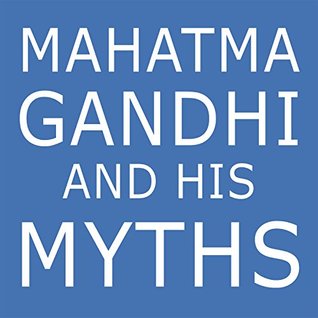More on this book
Kindle Notes & Highlights
by
Mark Shepard
Why aren’t we more aware of such cases — including those in our own history? I think it’s because of something we could call “filtering.” Probably most of you who’ve worked with cameras know about the kind of filter I mean. The filter fits over the camera lens and blocks out portions of the light — usually certain colors — and lets the remainder pass through to the lens. In effect, the filter selects the portion of light that the camera will “see.” Each of us too sees the world through our own “filter” — a filter made up of our assumptions, our motivations, and the categories we use to sort
...more
It seems that nonviolence has a particularly hard time passing through many people’s filters. To know about current and past events, we depend a great deal on journalists and historians. Now, one thing that journalists and historians understand is military power. They know what comes from many people being shot or imprisoned. It’s obvious when such power is being used, and a journalist or historian can feel professionally safe in describing and analyzing it.
But most of them do not deal so well with subtle, nonviolent forms of power. They don’t understand how such power operates; or even how it could operate; or even that such a form of power could exist. So, as often as not, they don’t notice it at all. Or if they do notice it, they...
This highlight has been truncated due to consecutive passage length restrictions.
Ashutosh Agnihotri liked this


